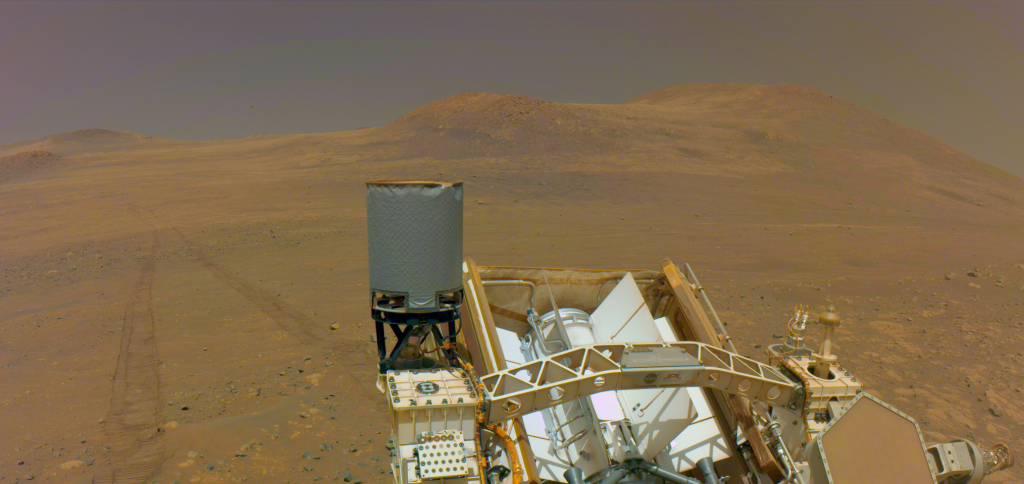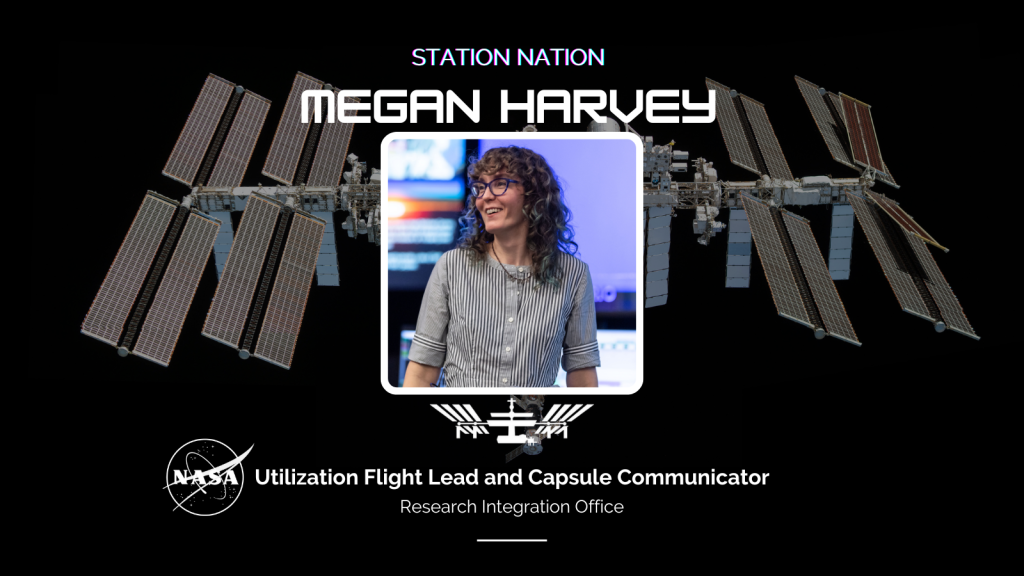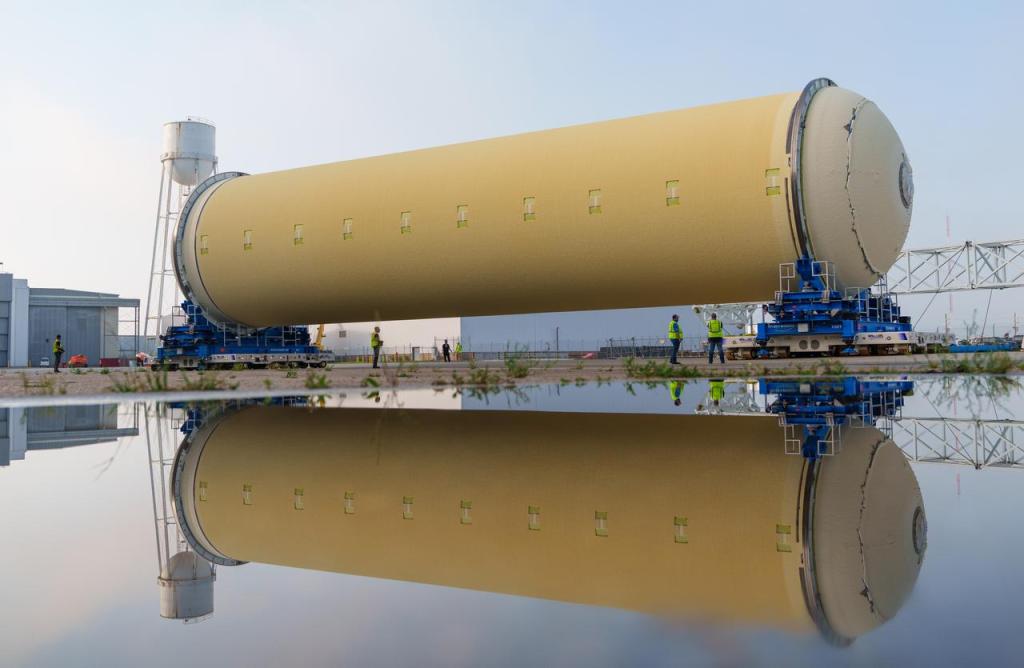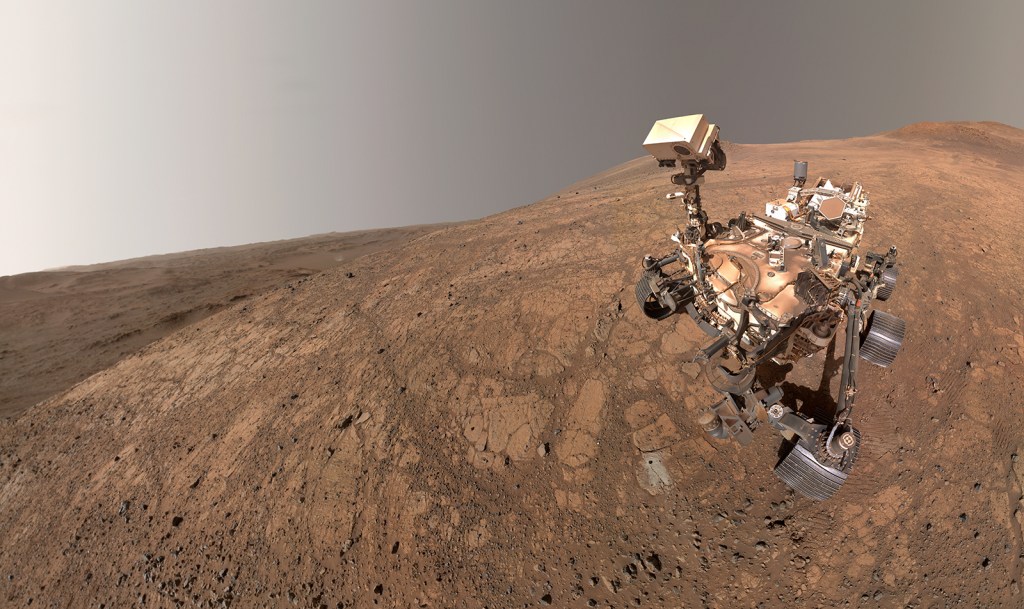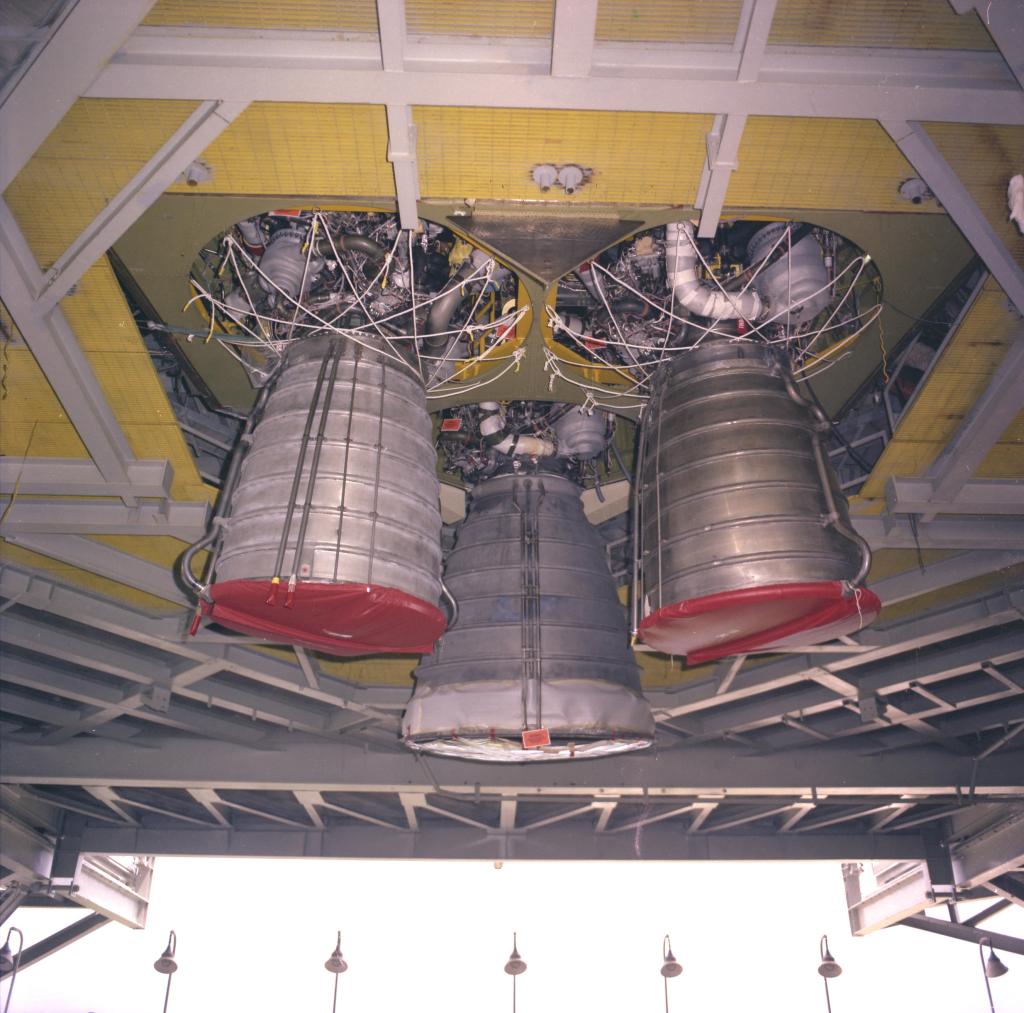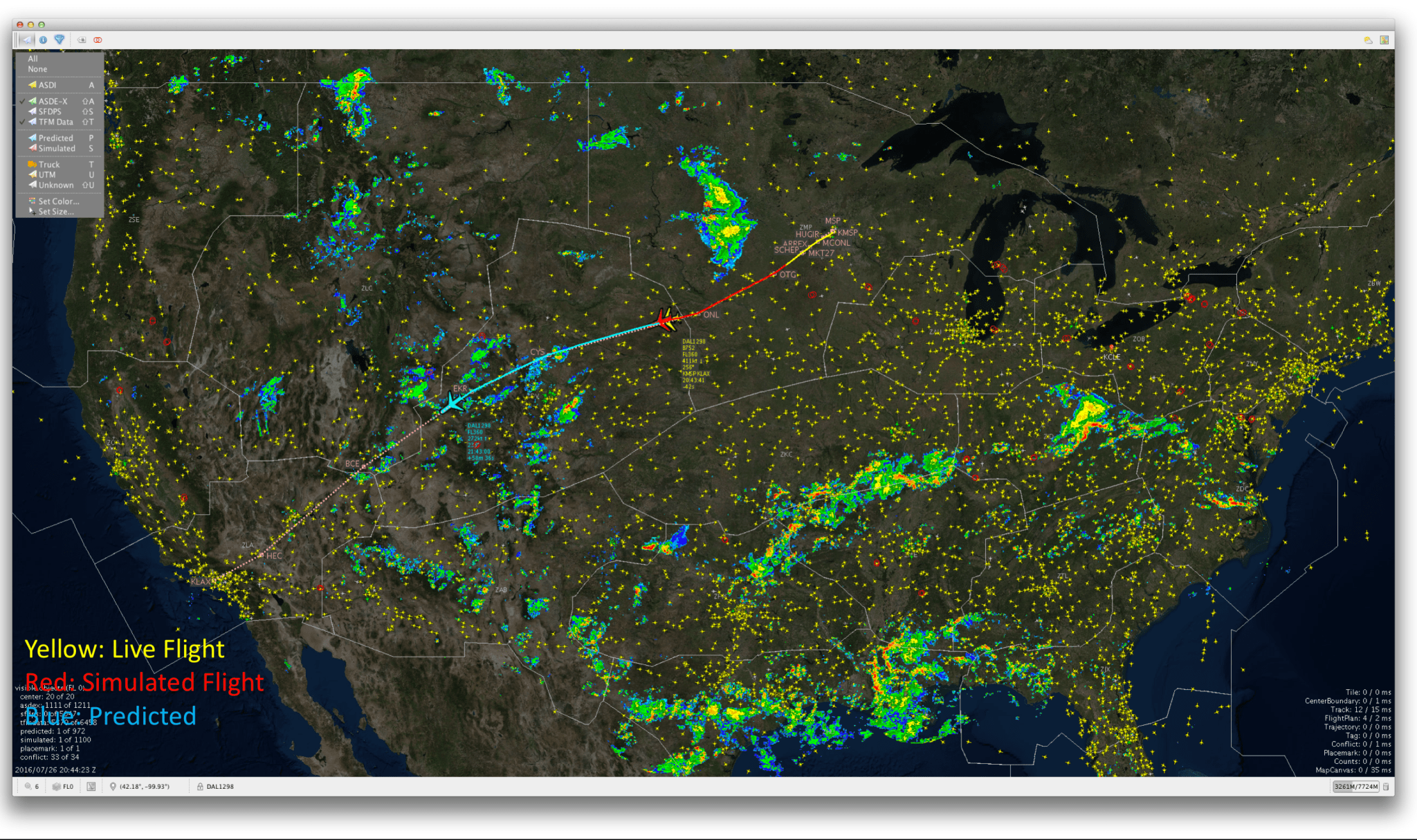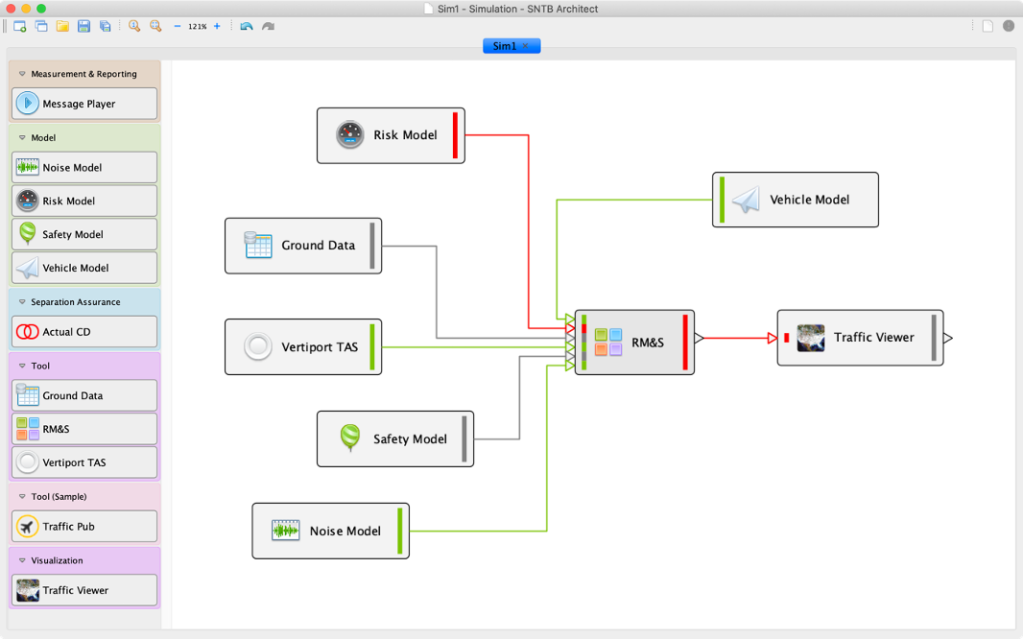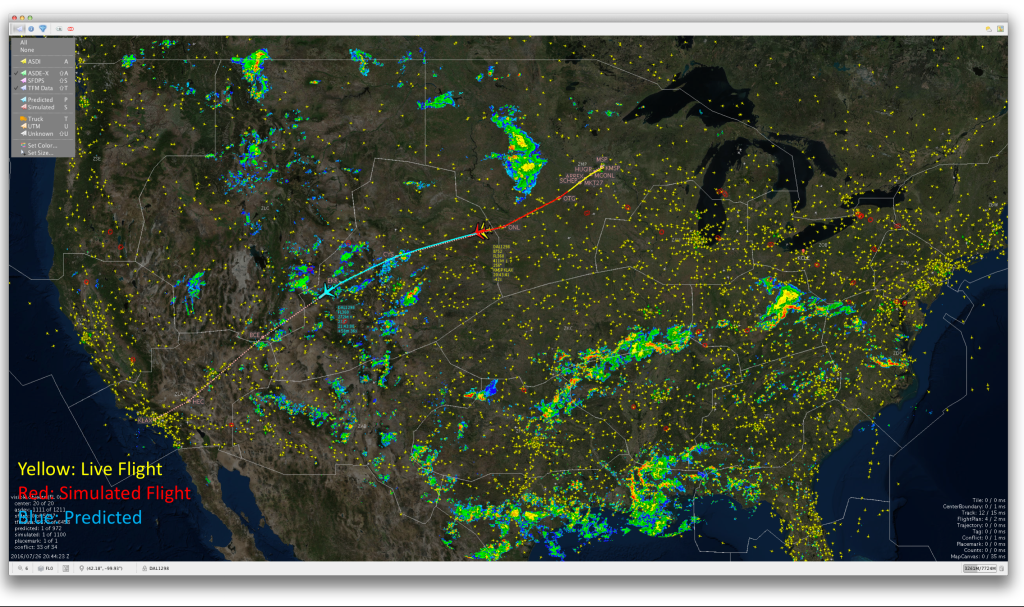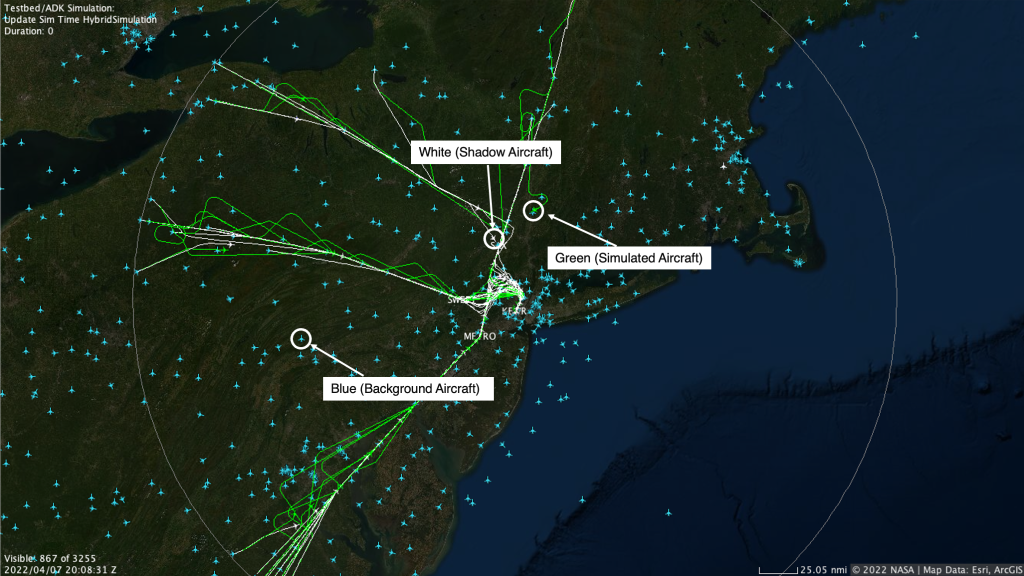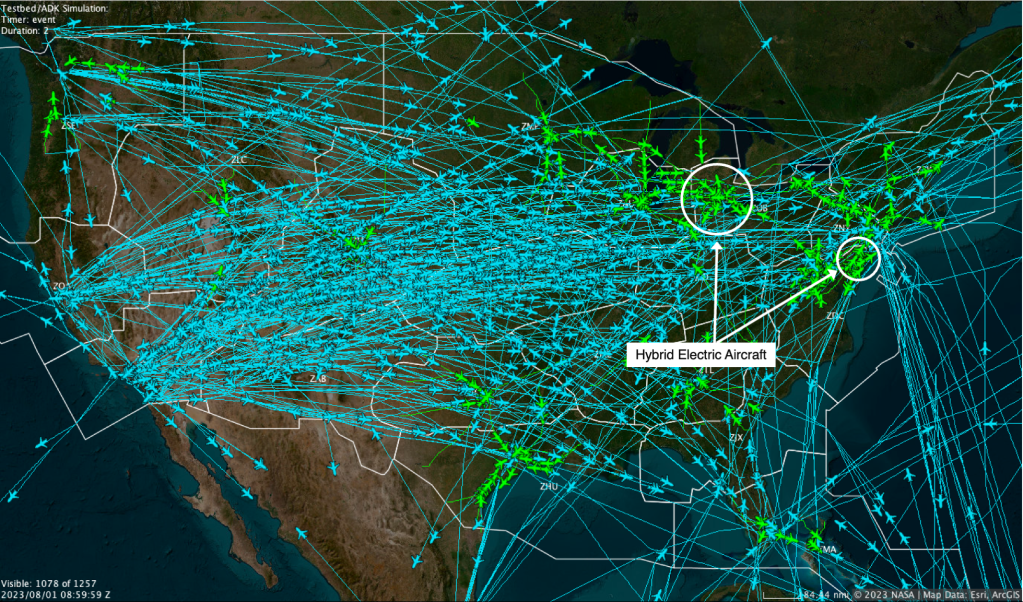The Aviation Systems Division’s software facility is a collection of capabilities serving NASA researchers, government partners, and external stakeholders. These capabilities grew from NASA projects and internal research efforts and are now maintained due to the value they provide to various stakeholders. The facility includes:
- NAS Digital Twin
- Sherlock Data Warehouse
- Federated Airspace Management Framework (Freddie)
- WorldWind
- Flexible Engine for Fast-Time Evaluation of Flight environments (Fe3)
NAS Digital Twin
One component of the software facility is an environment for building and running diverse, realistic simulations of current or future airspace operations. The National Airspace System (NAS) Digital Twin environment allows for many different types of simulations including both fast-time and real-time operating modes. Playback of historical or live NAS traffic can be combined with simulated aircraft to create a detailed, live, virtual, and constructive environment.
The test environment leverages another capability of the software facility to provide the ability to connect diverse facilities, including the FAA Tech Center, industry labs, and real-time, high-fidelity aircraft simulators. It also provides the ability to run distributed simulations across machines or in the cloud. Together, these capabilities create an environment that allows for testing and development of concepts from initial idea to field evaluations to help accelerate the introduction of advanced technologies into the NAS.
Sherlock Data Warehouse
The software facility includes a data warehouse for all types of air traffic management-related research and development. Sherlock has many terabytes of air traffic, flight, weather, and traffic flow-related data products. It also provides an infrastructure for big data analytics and machine learning.
Federated Airspace Management Framework (Freddie)
The Federated Airspace Management Framework, or Freddie, is another aspect of the Division’s software facility provides software and related support to various activities investigating or leveraging the concept of federated airspace management, where instead of traditional air traffic management that is centralized, various services are federated to a network of providers to enable scaling of operations in the National Airspace System.
WorldWind
The facility includes WorldWind, a planetary globe 3D engine that allows application developers to create interactive visualizations of geographical information quickly and easily in a 3D planetary context. It is used to monitor weather patterns, visualize cities and terrain, track vehicle movements, analyze geospatial data and educate humanity about the Earth.
Flexible Engine for Fast-Time Evaluation of Flight environments (Fe3)
Flexible Engine for Fast-Time Evaluation of Flight environments (Fe3) is another component of the Division’s software facility. Fe3 is a high-fidelity flight simulator than can run thousands of trials simultaneously in faster than real time. It can be used to study noise, conflict detection, surveillance, and any number of other features.


